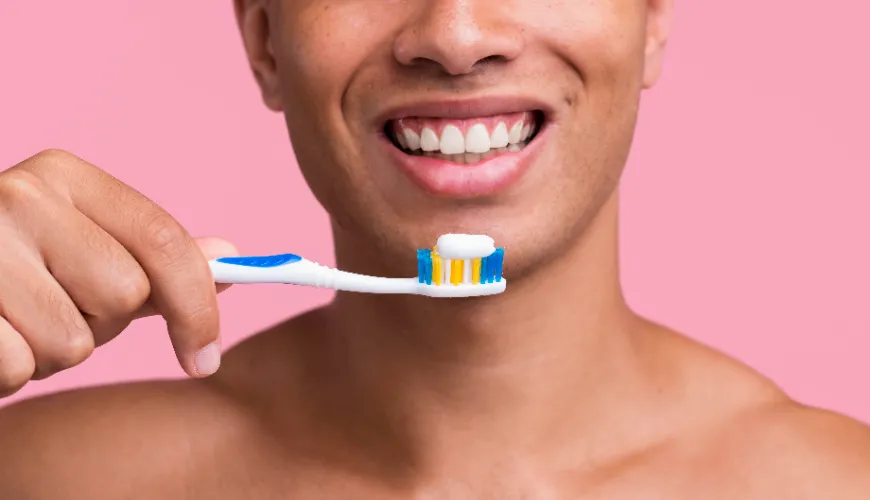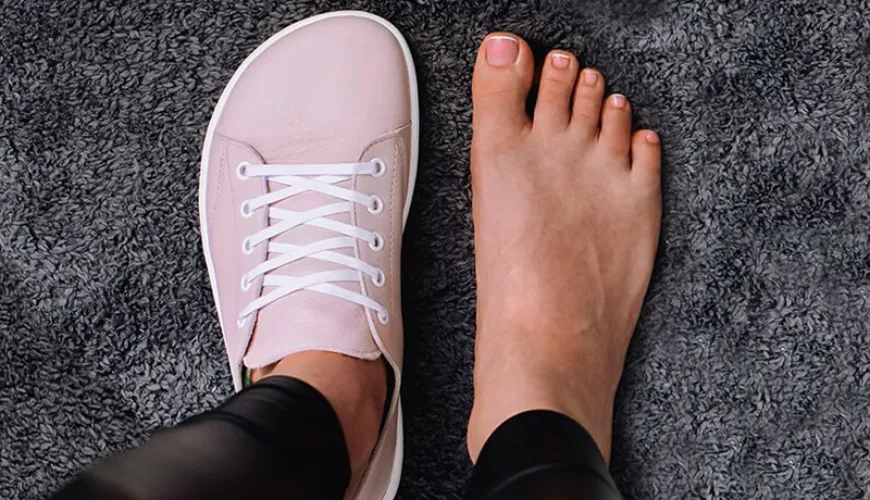
Can barefoot footwear strengthen your muscles and improve balance?

Barefoot Shoes: Yes or No?
Barefoot shoes, often referred to as minimalist footwear, are increasingly becoming a topic of discussion not only among fans of a healthy lifestyle but also among foot health experts. The question of whether barefoot shoes truly benefit our health is one of the key issues. The answer is not straightforward, which is why we ask ourselves: barefoot yes or no? Let's take a closer look at this topic to gain a comprehensive view of the advantages and potential risks of this type of footwear.
Natural Movement
The main goal of barefoot shoes is to allow walking as close as possible to walking barefoot while providing basic protection against dirt, sharp objects, and uncomfortable surfaces. This type of footwear has a thin, flexible sole and minimal support features. Essentially, it allows the feet to "work" naturally, as they are biologically designed.
An important argument in favor of barefoot shoes is the return to the natural biomechanics of the human body. The human foot is a complex system of muscles, bones, and tendons, developed to function optimally when walking barefoot. Walking or running in traditional shoes, which have thick soles and stabilizing features, often alters the natural way the foot works. This can result in improper movement habits that over time lead to joint pain, back pain, and other health issues.
When considering whether barefoot yes or no, think about how your body adapts to a more natural way of moving. Some people notice improvements in posture and stability during walking or running, which can lead to fewer health problems in the back and joints.
Try our natural products
Benefits of Barefoot Shoes
One of the biggest benefits of barefoot footwear is the strengthening of foot muscles. When wearing traditional shoes with firm supports and structures, the muscles in the feet can weaken because muscles are not required to work actively. Barefoot shoes address this issue by "forcing" the feet to work as they were created.
Strengthened muscle structure of the feet can lead to improved overall balance and stability of the body. Some people who switch to barefoot footwear also notice better coordination in daily activities, sports, or running. It is this effect that convinces many barefoot footwear advocates that the answer to the question barefoot yes or no is unequivocally yes.
Another advantage is the sensitivity that barefoot shoes provide. With a thin sole, you have much better contact with the surface you're walking on. This gives you better feedback and terrain perception, which can help avoid injuries and discomfort.
But What About Risks? Why Might Barefoot Be an Inappropriate Choice?
Although barefoot footwear offers a range of benefits, this type of footwear is not suitable for everyone. One of the main risks is the lack of support. Traditional footwear is often designed to support the arches of the feet and stabilize the ankles, which may be necessary for people with flat feet or pronation problems. If you belong to this group, barefoot footwear can be more harmful than beneficial, as it does not provide sufficient support and can lead to overloading certain parts of the foot.
Transitioning to barefoot shoes should be gradual, allowing muscles and tendons to adapt to the new way of moving. If you switch to barefoot footwear too quickly, you may experience unpleasant side effects such as tendonitis, calf pain, or even direct injuries. Some studies warn that runners who switched to barefoot running too quickly experienced a higher incidence of stress fractures and other injuries.
Environment Plays a Role
Another factor to consider when questioning whether to wear barefoot shoes or not is the environment in which you will be moving. Barefoot footwear is ideal for soft surfaces such as grass, forest paths, or sand. Conversely, in urban environments where hard concrete surfaces prevail, barefoot shoes may be less suitable. Hard surfaces can cause increased pressure on the feet and knees, leading to discomfort or injuries.
It's important to consider where you'll be wearing barefoot shoes. If you spend most of your time in the city, it may be better to choose hybrid footwear that combines the benefits of barefoot shoes with light support for moving on hard surfaces.
The question of barefoot yes or no cannot be answered definitively. It all depends on the individual needs, preferences, and health of each person. For many, barefoot shoes can represent a great path back to natural movement, improved foot health, and muscle strengthening. For others, the risks associated with the lack of support may be too great.
The key is to proceed with caution, listen to your body, and consult with experts if you have any doubts. Barefoot shoes can be a great addition for certain situations but may not be the solution for everyday wear. So, the question of barefoot yes or no does not have a universal answer – it depends on what your feet and body need.






